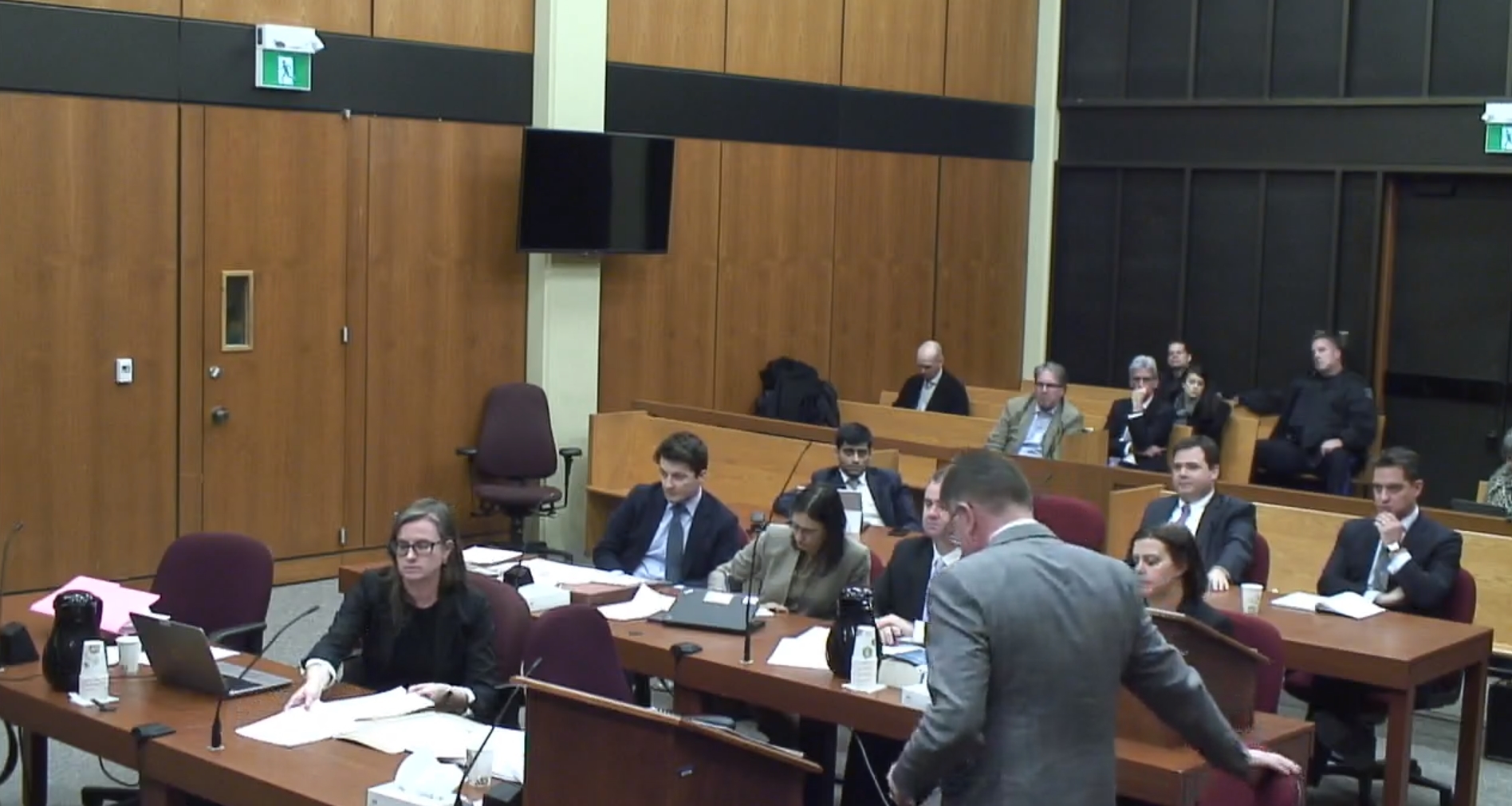Bitcoin Closes on First February Price Loss Since 2014
Bitcoin is close to ending February on a negative note for the first time in six years.
The biggest cryptocurrency by market value is currently trading at $8,625, representing a 7.5 percent drop from the opening price of $9,339 seen on Feb. 1, according to Bitstamp data. The global average price, as calculated by CoinDesk’s Bitcoin Price Index, is also down over 7 percent on a month-to-date basis.
If the loss is held through Feb. 29, it would be the first February decline since 2014. Back then, the cryptocurrency had tanked by 31.5 percent.
- Bitcoin has printed gains in February in six out of the last eight years.
- The 31.5 percent slide seen in 2014 is the biggest February drop on record. Meanwhile, the biggest February gain of 63.9 percent was registered in 2013.
Bitcoin was widely expected to put on a good show in February, having confirmed a bull breakout with a 30 percent rise in January amid the U.S. Iran tensions and coronavirus fears.
The cryptocurrency did gain altitude in the first two weeks of February, rising to a multi-month high of $10,500 on Feb. 13. Buyers, however, lost impetus in the third week, allowing a pullback to $9,300. What looked like a healthy correction has ended up paving the way for a stronger sell-off to one-month lows near $8,500 earlier this week.
The price drop has invalidated the short-term bullish case, as discussed Thursday, and has poured cold water over the safe-haven argument. Bitcoin failed to draw bids this week despite the coronavirus-led slide in the equity markets. The Dow Jones Industrial Average plunged nearly 1,200 points on Thursday, confirming its worst four-day performance since the 2008 financial crisis.
Even so, there is some consensus in the market that the bullish trend of 2020 is not over yet, according to glassnode insights. The blockchain intelligence firm said in its weekly research note:
“The present low MVRV Z-Score suggests that BTC is still undervalued, with significantly more room to grow before reaching the next market top. This provides support for many analysts’ predictions that bitcoin will stay above $8,000 for the time being.”
The market value to realized value (MVRV) Z-score measures the deviation between bitcoin’s realized value and market value to identify periods where the cryptocurrency is extremely overvalued or undervalued.

The ratio currently stands at 0.52, that is, well below the red band, which usually indicates market tops. So, there is room to rally, as suggested by glassnode.
Also, in the past, bitcoin has set a new market cycle top (the highest point from the preceding bear market low) in the calendar year of reward halving, but before the event.
If history is a guide, bitcoin may yet rise above the June 2019 high of $13,880 ahead of the May 2020 halving, setting a new cycle top from the bear market low of $3,122 reached in December 2018. Considering the current situation, however, that may look a tall order for the bulls.
CoinDCX exchange CEO Sumit Gupta is staying positive, though.
“While the price of bitcoin in February 2020 has witnessed some fluctuation, what’s more, important is fundamental of bitcoin is stronger than ever with hash-rate of 111 Ehash/sec,” he told CoinDesk. “Many developments are taking place on top of the bitcoin network; one of the most noteworthy development is the growth in the lightning network solution.”
As such, Gupta regards the current situation as “a blip in the larger scheme of things.”
While there are reasons to believe bitcoin will regain its mojo sometime soon, the technical charts are currently painting a bearish picture.
Daily chart

The head-and-shoulders breakdown seen on the daily chart indicates the path of least resistance is to the downside.
The convincing break below $9,075 (Feb. 4 low) has invalidated the bullish higher-lows pattern created in the seven weeks to Feb. 14.
Also suggesting scope for further losses, the 14-day relative strength index is hovering in bear territory below 50, while the MACD histogram is printing a deeper bar below the zero for the fifth straight day.
3-day chart

The MACD histogram has crossed below zero on the three-day chart, signaling a bearish shift in momentum. The indicator has turned bearish for the first time since December, validating the preceding big red marubozu candle.
A red marubozu candle comprises a big body and small or no shadows. The candle indicates sellers were in control from the session’s open to its close and is reflective of strong bearish sentiment.
All in all, the odds appear stacked in favor of deeper declines toward the immediate support at $8,213 (Jan. 24 low).
If prices print a UTC close above $8,974 on Friday, the seller indecision signaled by Thursday’s doji candle would be confirmed. That would open the doors for a re-test of the former support-turned-hurdle of the inverse head-and-shoulders neckline, currently at $9,462.
The short-term bearish case would be invalidated only if prices find acceptance above the neckline resistance.
Disclosure: The author holds no cryptocurrency at the time of writing
Disclosure Read More
The leader in blockchain news, CoinDesk is a media outlet that strives for the highest journalistic standards and abides by a strict set of editorial policies. CoinDesk is an independent operating subsidiary of Digital Currency Group, which invests in cryptocurrencies and blockchain startups.









